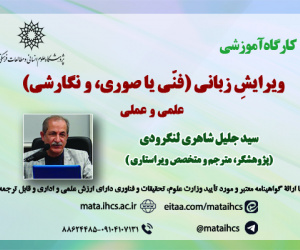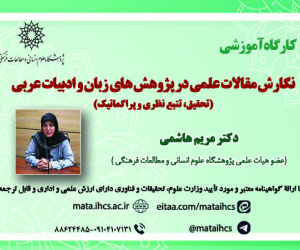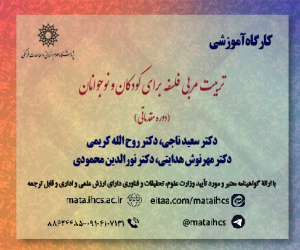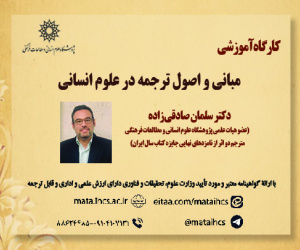تحلیلی تاریخی بر عکاسی و انسان شناسی (مقاله علمی وزارت علوم)
درجه علمی: نشریه علمی (وزارت علوم)
آرشیو
چکیده
عکاسی از زمان پیدایش اش در اواسط قرن نوزدهم، بسیار مورد توجه شاخه های نوین دانش قرار گرفت و بازویی توانمند شد در توسعه و پیشبرد اهداف گوناگون علمی. انسان شناسان و قوم نگاران از عکس ها برای کشف، ضبط و مطالعه ی جوامع گوناگون بهره بردند و عملاً عکاسی جزئی تفکیک ناپذیر در مسیر مطالعات و پژوهش ها شد و بسیار بعدتر در حدود دهه سوم قرن بیستم، انواع شاخه های عکاسی اجتماعی (همچون عکاسی مستند اجتماعی) از دلِ این عکس های مساحی، زمین نگاری، قوم شناختی و انسان شناسانه به وجود آمد. سوال اما این جاست که انسان شناسی، تا چه میزان بر ویژگی های ذاتی رسانه ی عکاسی (ضبط و ثبت عینی ومستقیم) پایبند ماند؟ پاسخ به این پرسش از آن رو پر اهمیت به نظر می رسد که به برخی از نتایج استفاده ی هدفمند از چنین عکس هایی در حوزه های شرق شناسی و استعماریِ جوامع غربی نظری افکنیم. بدین منظور و برای رسیدن به پاسخ دقیق تر، در تحقیق حاضر به روش تحلیل تاریخی، به تعریف و مطالعه ی انواع عکس های انسان شناسانه، انسان گرایانه و قوم نگارانه خواهیم پرداخت و به شکلی انتقادی آن را در بستر مطالعات اجتماعی تاریخی تحلیل می کنیم. به این نتیجه می رسیم که برداشت های مختلف از عکس ها عموماً و بیشتر حاصل منافع مشخص و معلومی است که انسان شناسان غربی در پی آن بوده اند؛ درحالی که در عکس های قوم نگارانه که مستلزم تعامل و روابط با افراد بر اساس اعتماد متقابل و تجربه ی احساسی و عقلانی محیط است، آشنایی با هویت فرهنگی، تعاملات عمیق انسانی و حضور و تشخیص حواس در ثبت عکس، به لحاظ ثبت استنادی انسانی، فرهنگی و تاریخی، ویژگی های نمایه ای عکاسی را عمیق تر و دقیق تر عرضه می کنند.A Historical Analysis of Photography and Anthropology
Photography, since its invention in the mid-nineteenth century, has been considered and used in many modern scientific disciplines and has been able to develop and advance various scientific goals. Anthropologists and ethnographers used photographs to discover, capture, and study various societies, and photography became virtually an integral part of the study and research, and much later in the third decade of the twentieth century,various branches of social photography (such as social documentary photography) arose from these surveying, geographical, ethnographic, and anthropological photographs. The question, however,is to what extent did anthropological photography adhere to the inherent characteristics of this emerging medium (objective and direct recording)?The answer to this question seems important because we look at some of the results of the purposeful use of such photographs in the fields of Orientalism and colonialism in Western societies. For this purpose, and to achieve a more accurate answer,in the present study,we will define and study anthropological, humanistic and ethnographic photographs using the method of historical analysis, and critically analyze it in the context of social studies of history.We conclude that the different interpretations of the photographs are generally and largely the result of the obvious interests pursued by Western anthropologists.



